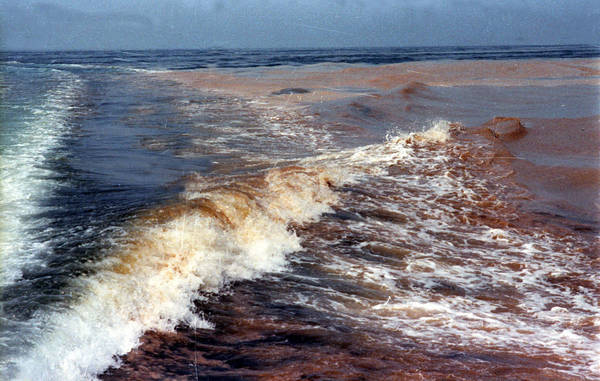A team of scientists at the University of South Florida’s Optical Oceanography Lab released a statement saying that in April, the amount of sargassum algae in the Atlantic grew out of control, exceeding the previous all-time high by 40 percent.
This is a floating yellow-brown macroalgae on which crabs, sea turtles, shrimp and other marine life depend. This phenomenon, with summer now upon us, puts Florida’s beaches at risk of being covered in slimy, foul-smelling algae. Cleaning them up requires resources costing millions of dollars.
In addition, University of South Florida oceanography professor Chuanmin Hu, who monitors the algae’s growth, pointed out that normally the annual peak occurs between June and July. Hu added that if the growth continues at this rate, the algae will pose a significant threat to the marine environment.
Sargassum algae began significantly impacting Caribbean tourism in 2011, when large mats of the seaweed started washing up on beaches. This phenomenon, known as the Great Atlantic Sargassum Belt, has continued to grow, with massive blooms stretching across the Atlantic and into the Caribbean.
The influx of rotting seaweed has led to unpleasant odors, disrupted marine ecosystems, and caused financial strain on local governments, which spend millions on cleanup efforts. By 2018, the bloom had reached record-breaking levels, further intensifying the issue.
Scientists believe changes in ocean currents, wind patterns, and nutrient availability contributed to the sudden explosion of Sargassum in the region. Efforts are ongoing to find sustainable solutions, including repurposing the algae for commercial use.
The exact reasons for this year’s record mass “have yet to be investigated,” the lab said. “In conjunction with these increases, sargassum landings events have been reported in the Caribbean and along the southeast coast of Florida.”
According to laboratory experts, “More sargassum are expected to be transported to the western Caribbean Sea and then to the Gulf of Mexico through the Yucatán. The invasion will continue to affect most Caribbean nations and islands, as well as the southeastern coast of Florida.”












